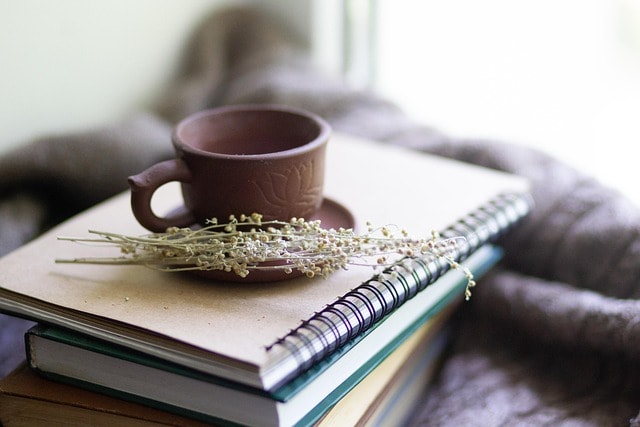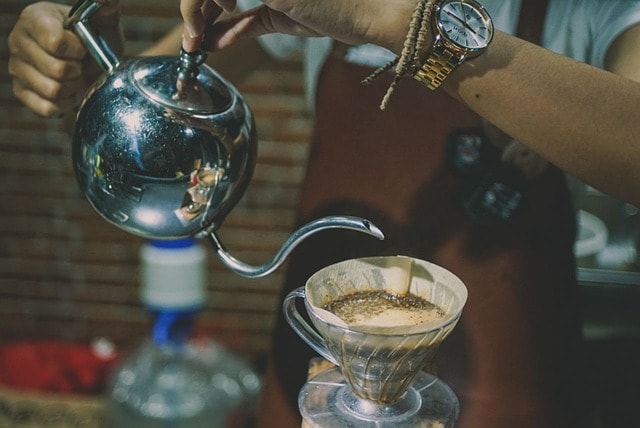Choosing between light roast versus dark roast coffee can be tricky if you don’t know what sets them apart. Light roast coffee is bright and acidic, retaining more of the beans’ natural flavors. Dark roast coffee, on the other hand, is known for its bold and robust taste. In this article, we’ll dive into the differences to help you find your perfect cup.
Key Takeaways
- Light roasts are known for their bright and floral flavors, while dark roasts offer bold and smoky tastes, catering to different preferences.
- Caffeine content is nearly the same in light and dark roasts, with light roasts sometimes containing slightly more due to denser beans.
- The roasting process, equipment quality, and brewing methods significantly influence the coffee’s flavor and overall quality.
Understanding Light and Dark Roast Coffee
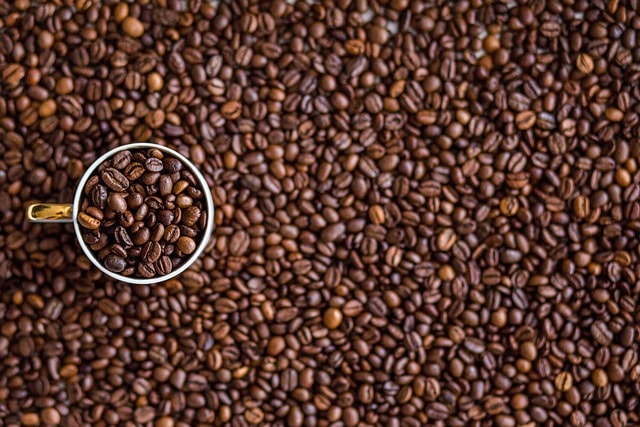
At the heart of the coffee experience lies the roast. Light and dark roast coffees are distinguished primarily by their roasting time and temperature. Light roasts are roasted for a shorter duration, resulting in a light brown color and a dry surface. Coffee seeds are transformed into aromatic coffee beans through various roasting levels, affecting the flavor profile, aroma, and overall experience of the coffee. They retain more of the beans’ natural flavors and acidity, making them a favorite among those who enjoy a crisp and floral cup.
In contrast, dark roasts are subjected to longer roasting times and higher temperatures, which produce a dark brown color and a glossy surface. This process leads to a bold, robust, and often smoky taste, with the original bean flavors giving way to richer, caramelized notes. Understanding these fundamental differences sets the stage for a deeper exploration of what makes each roast unique.
Flavor Profiles of Light and Dark Roasts
The flavor profiles of light and dark roasts are as distinct as night and day. Light roast coffee, with its light brown color and lack of surface oil, is known for its complex, crisp, and floral flavors. These coffees often exhibit higher acidity and fruity notes, making each sip a refreshing experience. Lighter roasts contain organic acids that contribute to a more pronounced bitter taste.
On the other hand, dark roast coffee offers a full-bodied and deep flavor profile. The extended roasting time creates a bolder, more bitter taste with lower acidity. The intense, smoky, and sometimes chocolaty notes define the character of dark roasts, providing a robust and satisfying cup for those who prefer a stronger flavor.
Caffeine Content in Different Roasts
A common myth in the coffee world is that dark roasts contain more caffeine than light roasts. In reality, the caffeine content between light and dark roast coffees is barely different. Light roasts often have slightly more caffeine due to the denser structure of the beans. The caffeine content is nearly the same across light, medium, and dark roasts.
So, if you’re choosing your coffee based on caffeine kick, the difference is minimal. Whether you prefer the bright notes of a light roast or the bold flavors of a dark roast, you can rest assured that the caffeine content will be relatively similar.
The Roasting Process: From Green Coffee Beans to Your Cup
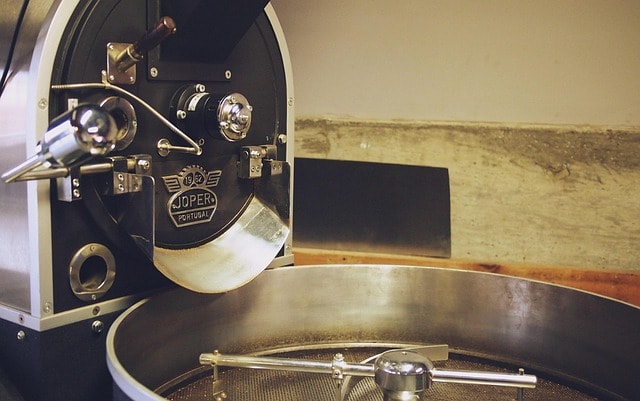
The journey from green coffee beans to the brewed cup in your hand involves a meticulous process known as roasting. Roasting transforms the chemical and physical properties of green coffee beans, enhancing their flavors and aromas. During this process, the beans are kept in constant motion to prevent scorching, and the roasting profile, including time and temperature, is carefully controlled to achieve the desired flavor.
The roasting process is not a one-size-fits-all approach. Beans typically pop at a certain temperature, indicating the beginning of the first crack, which is significant for light roast coffee. Different roast levels are achieved by adjusting the roasting time and temperature, which significantly shape the flavor, acidity, body, and overall taste of the coffee. This section introduces how light and dark roasts are made, setting the stage for more detailed discussions.
How Light Roasts Are Made
Creating a light roast involves a delicate balance of time and temperature. Light roasting is typically done at lower temperatures for shorter periods, which helps preserve the original flavors of the coffee beans. The goal is to highlight the natural floral and fruity notes that are characteristic of the bean’s origin, making it a lighter roast.
This process requires careful control to prevent over-roasting, ensuring that the beans retain their moisture and density. The result is a coffee that is vibrant, aromatic, and full of the unique flavors inherent to the beans.
How Dark Roasts Are Made
Dark roasting is an entirely different beast. The beans are roasted at higher temperatures, typically between 430 to 450 degrees Fahrenheit. This extended roasting time leads to the development of robust and bold flavor profiles, as the original flavors of the beans are largely lost to the roasting process. Dark roasted coffee has a bolder and more bitter taste, making it ideal for espresso-based drinks where its flavor can be complemented by milk.
The second crack indicates that the beans have reached the desired roast level, contributing to the fuller body and chocolate notes often found in dark roasts. The result is a coffee that is smoky, intense, and deeply satisfying for those who love a strong cup.
Choosing the Right Roast for Your Taste Preferences
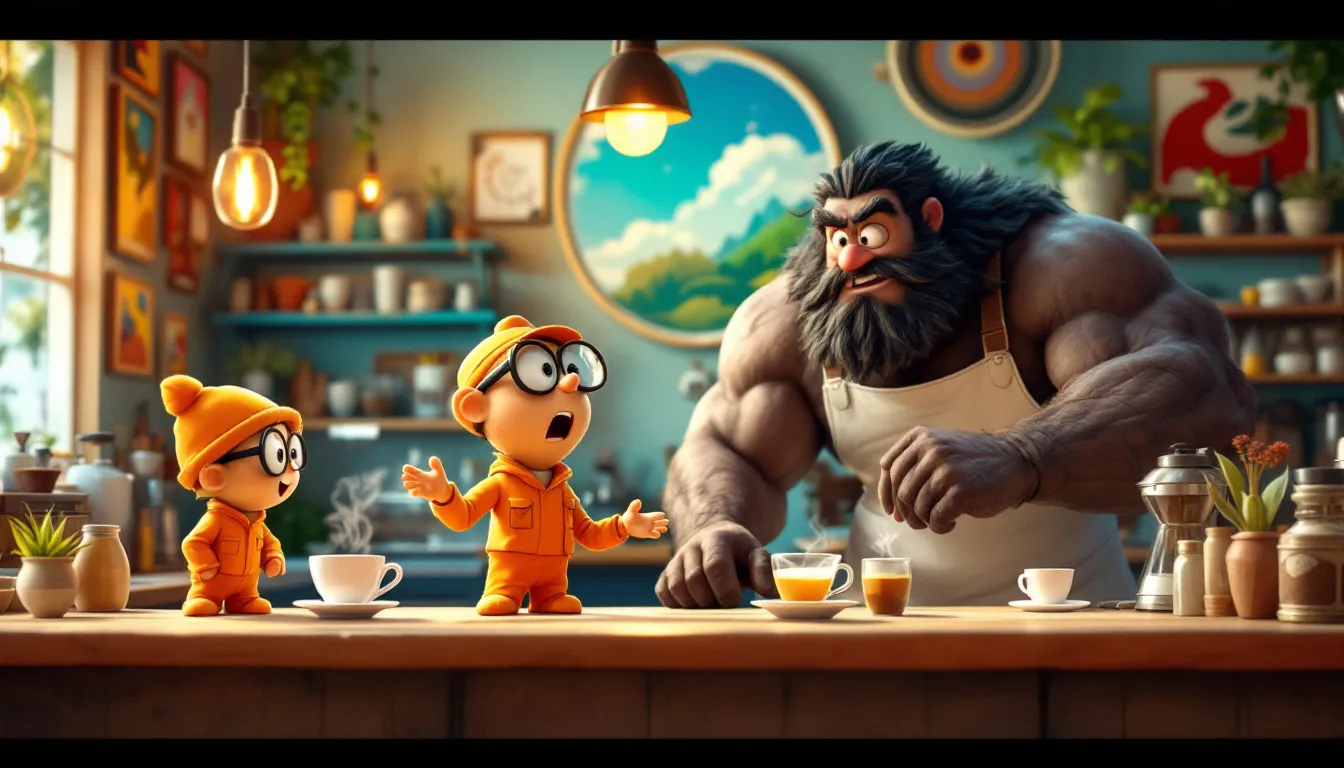
Choosing between light and dark roasts ultimately comes down to personal preference. If you enjoy a fruity, bright, and acidic cup of coffee, light roasts are likely your best bet. On the other hand, if you prefer a robust, bold, and less acidic flavor, dark roasts will be more to your liking.
Roasters often create distinctive blends to cater to various tastes, and exploring these can be a delightful adventure. Darker roasts are often enjoyed for their full-bodied, rich flavors that develop through the roasting process. Trying a house blend can also offer insights into the unique flavor profiles that different roasters bring to their coffee.
Light Roasts for Bright and Fruity Notes
Light roast coffee highlights the natural floral and fruity flavors derived from the coffee bean’s origin. Lightly roasted beans are roasted at lower temperatures and for shorter durations, preserving moisture and retaining more caffeine. These vibrant and zesty flavors are preserved through careful control of the roasting process, resulting in a coffee that is both aromatic and refreshing. Light roast coffees showcase these unique characteristics beautifully.
Brewing methods like pour-over are ideal for enhancing these delicate flavors, allowing you to enjoy the full spectrum of tastes that light roasts have to offer. Whether you’re a fan of Ethiopia Yirgacheffe or Brazil Cerrado, light roasts offer a delightful coffee experience.
Dark Roasts for Bold and Robust Flavors
Dark roasts offer bold, smoky, and robust flavors. The intense roasting process caramelizes the sugars in the dark roast beans, leading to rich undertones of chocolate and caramel. The roasting process of dark roast coffee beans involves higher temperatures and longer times than light roasted beans. This results in a coffee that is full-bodied and deeply satisfying, especially when made with dark roast coffee beans.
Popular dark roast varieties like French Roast and Italian Roast are perfect examples of the intense flavors that can be achieved through dark roasting. Whether you’re brewing an espresso roast or a classic drip coffee, dark roasts deliver a powerful punch of flavor.
Common Misconceptions About Light and Dark Roasts
There are several misconceptions about the difference between light and dark roast coffees that often lead to confusion. One common myth is that light roasts have less caffeine than dark roasts. In reality, the caffeine content is almost the same, with light roasts sometimes having slightly more caffeine due to their denser structure.
Another misconception is that dark roasts are always more bitter than light roasts. While dark roasts do have a bolder flavor, bitterness can also be present in light roasts due to the organic acids in the beans. Understanding these nuances helps in making an informed choice based on taste rather than myths.
Impact of Roasting Equipment on Coffee Quality
The quality of coffee is significantly influenced by the roasting equipment used. High-quality roasting machines offer better control over temperature and airflow, which are crucial for achieving consistent and precise roasting profiles. This precision directly impacts the flavor, aroma, and overall quality of the coffee.
Small batch coffee roasting, where only 75% of the drum’s capacity is used, allows for more precise control and better heat distribution. This method enhances the complexity and consistency of the roast, resulting in a superior coffee experience.
Popular Varieties of Light and Dark Roasts
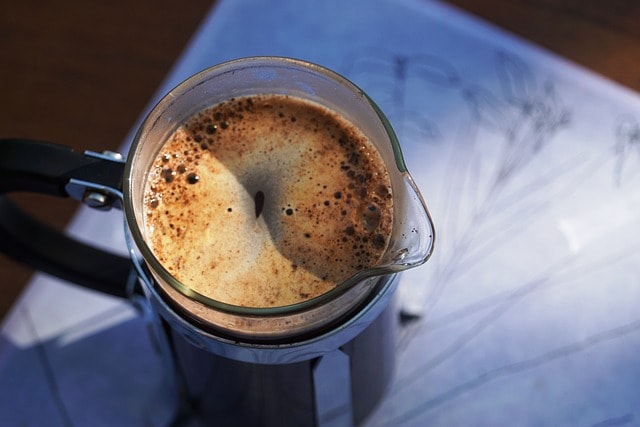
Exploring different varieties of light and dark roasts can be a fun and rewarding experience. Light roast enthusiasts might enjoy varieties like Ethiopian and Rwanda, known for their bright and fruity notes. These coffees are perfect for those who appreciate a delicate and nuanced cup. A great place to start your light roast journey is at Coopers Cask Coffee, they offer top quality Ethiopian and Rwanda at a lighter roast.
For dark roast lovers, popular varieties like French Roast and Italian Roast offer bold and intense flavors. These robust coffee roasts are perfect for those who enjoy a strong, full-bodied brew, with rich caramelized undertones and a smoky finish. Medium roasts, on the other hand, provide a balanced option between light and dark roasts, featuring a fuller body and complex flavors while retaining some original coffee characteristics.
Brewing Methods for Light and Dark Roasts

The brewing method can significantly impact the flavor profile of your coffee. Light roasts are best brewed using pour-over or drip methods, which enhance their fruity and acidic notes. These methods allow for precise control over extraction, ensuring that the delicate flavors are fully appreciated.
Dark roasts, on the other hand, are well-suited for drip coffee or espresso brewing. These methods bring out the bold, smoky, and robust flavors that characterize dark roasts, providing a satisfying and intense coffee experience.
How to Store Your Coffee Beans
Proper storage is essential for maintaining the flavor and freshness of your coffee beans. Store your beans in an airtight container away from light, moisture, heat, and air. Avoid locations with temperature fluctuations, such as near ovens or dishwashers.
For long-term storage, freezing coffee beans can be beneficial, but only if they’re kept in an airtight container to prevent moisture absorption. Allowing freshly roasted coffee to rest can also enhance its flavor, so don’t rush to brew it immediately after roasting.
Summary
In summary, both light and dark roast coffees offer unique and delightful experiences. Light roasts are perfect for those who enjoy bright, fruity, and floral notes, while dark roasts cater to those who prefer bold, robust, and smoky flavors. Understanding the roasting process, the impact of roasting equipment, and the best brewing methods can help you appreciate the full spectrum of coffee flavors.
Whether you’re a seasoned coffee drinker or a curious novice, exploring different roasts and brewing methods can lead to a deeper appreciation of this beloved beverage. So, go ahead and experiment with light and dark roasts to discover your perfect cup.
Frequently Asked Questions
Does dark roast coffee have more caffeine than light roast?
Nope, dark roast coffee doesn’t have more caffeine than light roast. Light roasts actually tend to have a bit more caffeine because they’re denser.
What is the best brewing method for light roast coffee?
For light roast coffee, the pour-over and drip brewing methods really shine, bringing out those fruity and acidic flavors you’ll love. Give it a try for a delicious cup!
Are dark roasts always more bitter than light roasts?
Dark roasts aren’t always more bitter than light roasts; some light roasts can also have bitterness from organic acids. It’s all about the specific beans and brewing methods you choose!
How should I store my coffee beans to keep them fresh?
To keep your coffee beans fresh, make sure to store them in an airtight container away from light, moisture, heat, and air. For longer storage, consider freezing them in an airtight container.
What are some popular varieties of light and dark roasts?
If you’re into light roasts, you can’t go wrong with Ethiopian or Rwanda coffee, while French and Italian roasts are great choices for dark roast lovers. It’s all about your taste preference!

